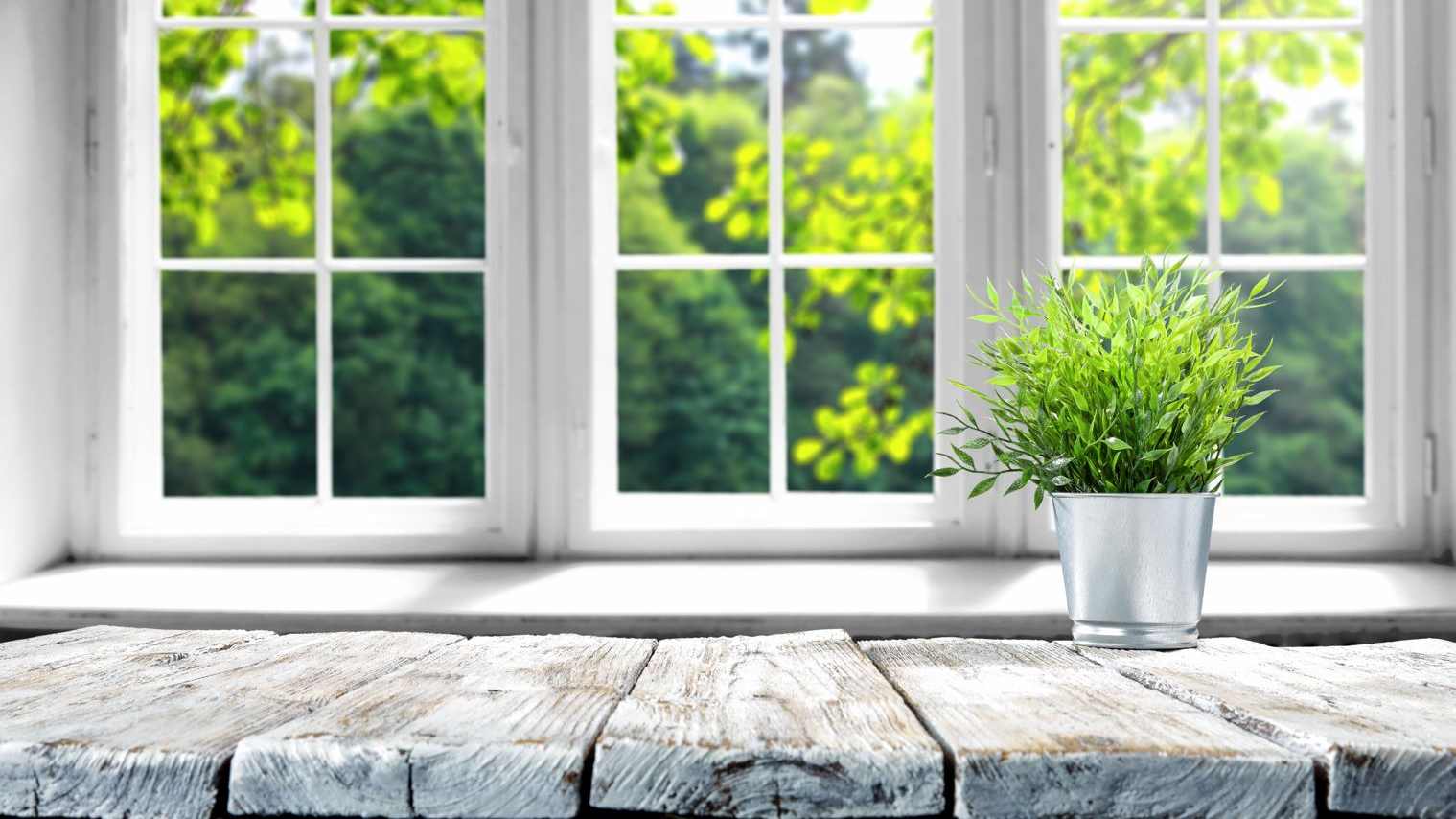9 surprising ways to cut down indoor air pollution

Many people assume pollution is just an outdoor problem but your home can also be polluted with mould and dust mites, making it an unhealthy environment.
As Susan Olesik, Professor of Chemistry and Biochemistry at Ohio State University says: “As a society, we make sure that our houses are well-insulated, but we don’t think enough about exposure to all the things we place in our homes.”
The air quality in and around buildings has a big effect on our health, and while you can feel the symptoms – shortness of breath, dizziness, nausea – right away, other health effects can come on years after exposure, according to the US Environmental Protection Agency (EPA).
Clear out old cigarette and e-cigarette smoke
Pulmonologist Dr Sumita Khatri notes that one of the most common indoor air pollutants is cigarette smoke, though newer e-cigarettes are another source. The vapour emitted when someone smokes e-cigarettes releases chemicals linked to lung disease.
This rule also applies to the previous occupants of your home who may have smoked. “We have all heard of second-hand smoke but this is called third-hand smoke,” says Dr Khatri.
“If you have a room that has been exposed to residual smoke, make sure to change the fabric or carpet, which can be a risk to children or people with chronic heart and lung problems,” she adds.
Don’t overwater indoor plants
Overwatering your plants can contribute to the growth of mould, and any water that leaks on to the floor invites mould growth as well, says Olesik. Put pebbles on top of the soil to discourage mould spores from getting into and polluting the air, walls and floor.
Clean under your fridge
The tray under your fridge is a veritable mould magnet. Adding salt reduces the growth of mould and bacteria. Clean under the refrigerator occasionally to get rid of dust and mould, and make sure your cleaning products are environmentally friendly, advises Dr Khatri. “Cleaning products can also be harmful, so consider green and natural cleaning products which release less harmful chemicals and fumes,” she says.
Freshen air naturally
Air fresheners and scented candles contain trace amounts of hazardous chemicals, though in amounts lower than most guidelines, so it’s OK to use them on occasion, says Oleski. But she warns against overdoing either approach to fresher air. “It’s better to open the window if the weather allows.” If not, turn on the AC. Air conditioners remove mould-friendly moisture and filter allergens entering the house. Just make sure to clean or change the filters often or you’ll just make things worse.
Give stuffed toys the deep freeze
That teddy bear could be riddled with dust mites! Regularly slip stuffed toys into a freezer bag and let them chill for three to five hours. The cold will kill any dust mites that could contribute to indoor air pollution, according to a 2017 report in the Journal of Allergy and Clinical Immunology.
Declutter
Regularly throw out or give away coats and other clothing you haven’t worn in ages. Put sports equipment in the garage where it belongs. When you’ve finished, you should be able to see all your closet floors and back walls.
“Minimising clutter is a great way to improve air quality because it allows you to see dust and other contaminants that might be invisible,” says Dr Khatri. Now give everything a good vacuum and you’ll have significantly reduced the amount of dust in your house and cut down on your indoor air pollution.
Leave shoes at the door
Mud isn’t the only thing you track into your home, notes Oleski. Parking your shoes by the door keeps your floors clean and reduces indoor air pollution, especially pesticides tracked in from outdoors. “You know those signs that say ‘keep dogs off lawn?’” They should also apply to people,” she says.
Keep your pets clean
Just like you take off your shoes, always make sure to wipe off your pet’s paws when they come in from being outdoors. Towelling off their coat can also help prevent the spread of pollen indoors. And bathe them frequently to help dissolve the natural, allergy-causing substances in their sweat and skin that spread to their fur.
Photo: Getty Images
